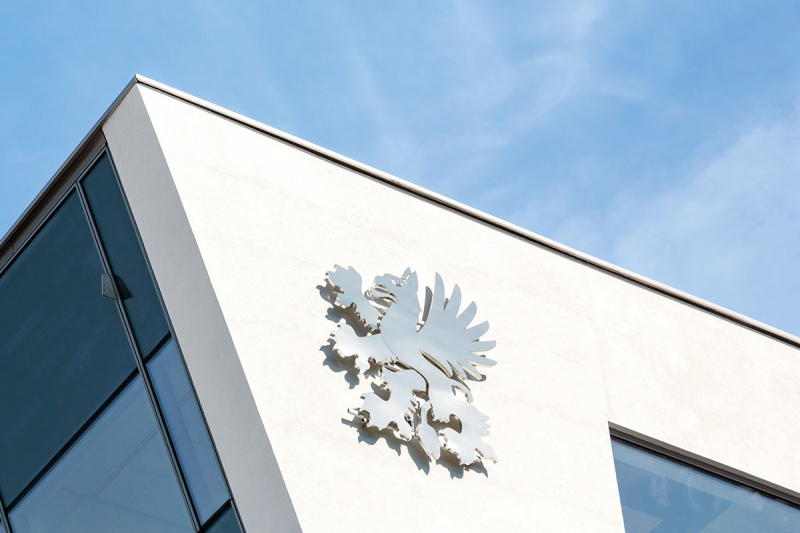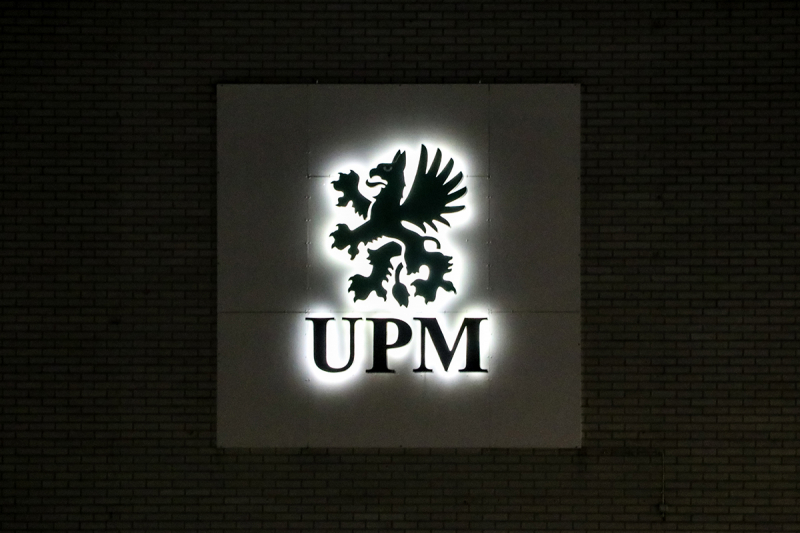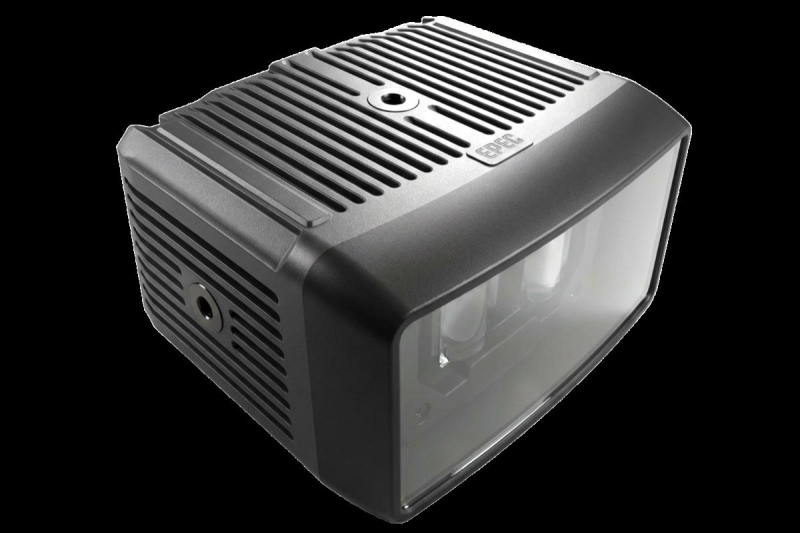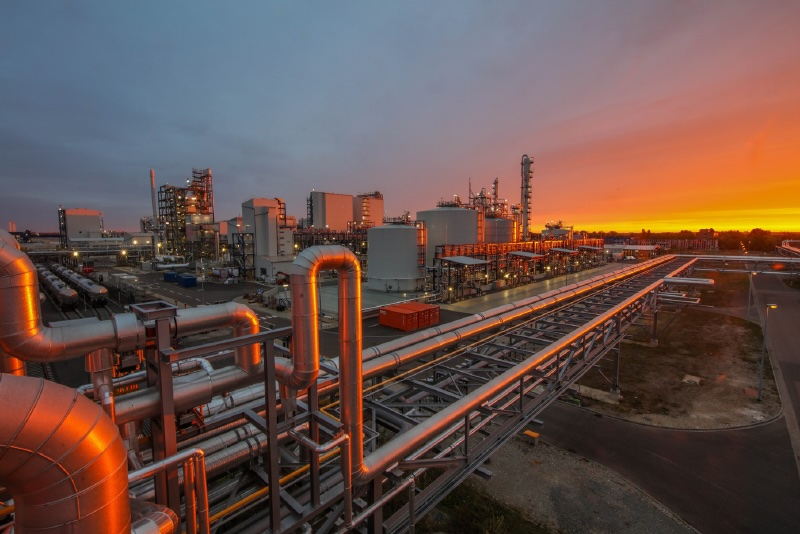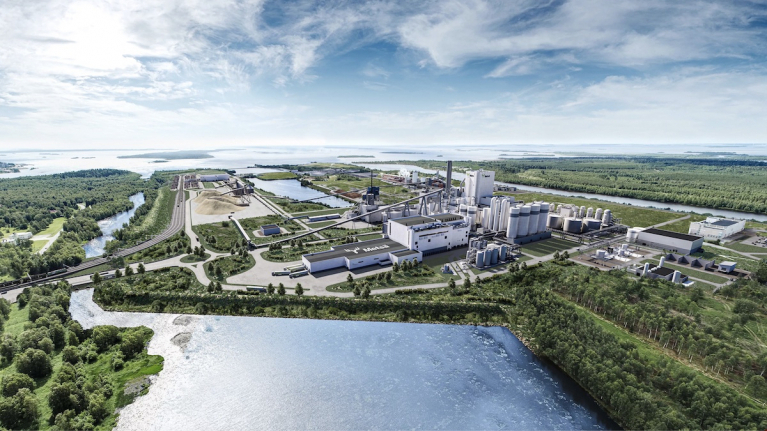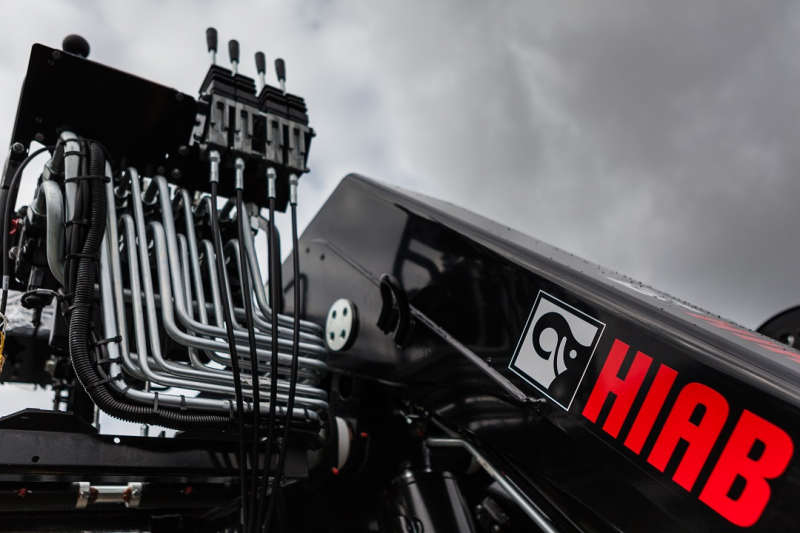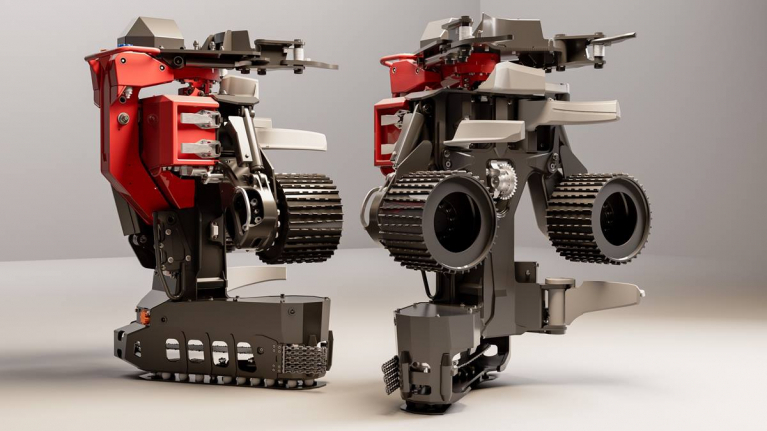UPM-supported removal of migration barriers in Joutsa and Lieksa completed
This summer, UPM's Stream Water Programme funded the removal of two fish migration barriers in Finland. The old dams were dismantled, and the riverbeds were restored. With the removal of the barriers, the Päijänne lake trout can now migrate up the Rutajoki, the Pielinen lake trout can now migrate up the Ala-Kelvänjoki, and the stream water habitats for other endangered species are improved.

The restoration work on Seinäkoski in the Rutajoki River in Joutsa was completed in mid-September. The migration route from Rutajoki River to Lake Rutajärvi was restored by removing the dam at the Tammi mill. At the same time, the riverbed was restored, and new spawning areas were created. The restoration of the Rutajoki River was managed by the North Päijänne Fisheries District and implemented by the Central Finland Fisheries Centre. In addition to UPM Energy, the project was funded by the Ministry of Agriculture and Forestry's NOUSU programme, WWF and Metsähallitus.
"The recovery of the trout river requires perseverance. The return to the spawning river will take place at the earliest 5–6 years after the stocking," says Timo Meronen, director of the Central Finland Fisheries Centre.
With the restoration, the name of the rapids has been changed, as the wall no longer exists after the dam was dismantled. Seinäkoski (Wall rapid in Finnish) is now called Tammenkoski (Oak’s rapid).
Getting rid of defunct dams
The restoration work on Ala-Kelvänjoki River in Lieksa was completed at the end of September. The old mill dam, which had been a barrier to migration in the Ala-Kelvänjoki, was removed and a new bottom dam was built while the rapids were restored. The project was carried out by the Vuonislahti sub-municipality and the Onni Turunen estate in cooperation with the North Savo ELY Centre. UPM Energy, Metsä Group, the WWF, the Olvi Foundation, the City of Lieksa and the Pielinen-Karelia Fishing Region were the financial backers of the project.
"Both projects have been implemented as planned. It is great to see defunct dams demolished. It is estimated that there are more than 5,000 energy-insignificant dams in Finland, so there is still work to be done," says Mikael Rytkönen, environmental manager at UPM Energy.
In the same catchment area, UPM has restored a road culvert on the Korisevanjoki river at the headwaters of the Kelvänjoki river. The lower part of the road culvert was raised with boulders, so that fish and other stream water fauna can now move through the road culvert in both directions.
Environmental DNA (eDNA) samples were taken from both the Korisevanjoki and the Ala-Kelvänjoki prior to the removal of the migration barriers. In a new collaboration project, new research methods will be used to study the effects of dam removal on water bodies.


